This website uses cookies so that we can provide you with the best user experience possible. Cookie information is stored in your browser and performs functions such as recognising you when you return to our website and helping our team to understand which sections of the website you find most interesting and useful.
Why fine cider is gourmet in a glass
Quality cider is now being treated with the same reverence as wine in fine dining establishments by some of the best Epicureans in the business. Jessica Mason reports.
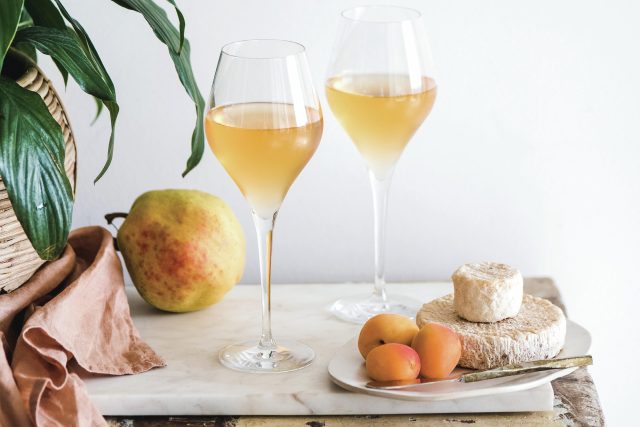
It is time to re-evaluate cider. Forget how it has been served to you in the past. What if you discovered that the fruit varieties and the method, the terroir and the quality of the cider resembled wine more than any other drink? What if you found that all of the exceptional, highcalibre ciders on the market had simply been hidden from view? It is time to set the record straight.
Firstly, fine cider is very different from mass-produced cider, or the cider you see adorning supermarket shelves and many a UK bar. It is sad but, largely, true. As the retailer and aficionado Felix Nash, founder of Fine Cider, points out: “The big brands only just fit into the woeful definition of cider in the UK. Something can be as little as 35% apple concentrate, the rest water and a whole list of additives, and be called ‘cider ’.” According to Nash these type of commercial ciders are more like: “an incredible industrial cocktail that has come a long way from the apples at the start, and so far away from how good cider can be.”
Nash laments that, truly, it is “the customer [and] the public who suffer and miss out”, because real cider “can be so much tastier, more varied in style and more interesting”.
Just ask Trevor Gulliver, the co-founder of London’s St John Restaurant, who specialises in high-end drinks. He will enthuse about how distinctly different true ciders are from their poorer commercial cousins. Gulliver has previously said: “True ciders bear no relation in terms of provenance, endeavour, cost, landscape or heritage to the commercial ciders that compete for the mass market.”
But for so long food and drink lovers have been blinkered by marketing and distribution. Now everyone is waking up. According to Eleanor Leger, president of the board of directors at the American Cider Association, growers in the US are “seeing rising interest in fine cider”. As Leger highlights, the trade body’s “annual survey of harvest-driven cider producers has shown 25%-plus growth of production and sales for the past two years”.
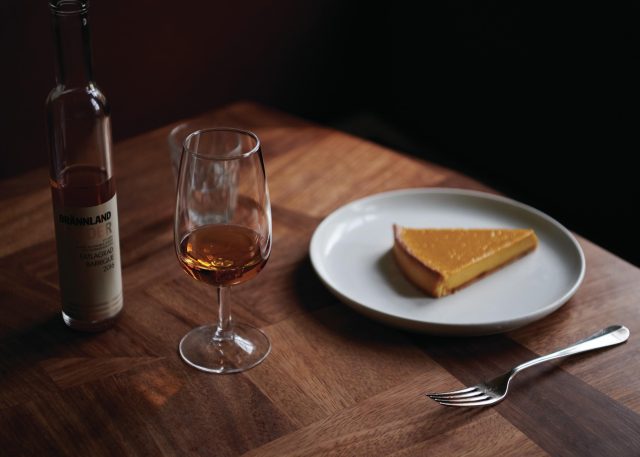
From a trends and high-end retail perspective, Nash observes that people are seeking out fine cider now “just like craft beer and natural wine”, and agrees that “a change is happening” because people are looking for food and drink made with dedication, craft, care and respect for the land. As such, cider is now also “seeing a return of better quality, provenance and small-batch making”.
The elements that make fine cider special are beginning to be understood and relayed between consumers and tastemakers keen to spread the word.
Oliver ’s Cider founder Tom Oliver reminds us that apples “can show off the flavours and tastes of hundreds of varieties, or be blended to yield the most sublime and magical balanced ciders – either easy-drinking or complex and full of character”.
According to Susanna Forbes, co-founder of Herefordshire-based cider house Little Pomona, the options are limitless. She explains: “There are so many different types of apple, and much more to cider than simply sweet, medium and dry.” She believes that, as people in the industry become more interested in quality, traceability and nuanced flavour, “we need to get beyond the misconceptions” that surround cider.
Unfortunately, for a long time, and especially in the UK, the ciders sold in pubs and shops have not been those showcasing the time, attention and care it takes to create single-variety orchard ciders, or a deftly-created, artful blend. Instead, they have been made from concentrate and sold alongside beers – often in pint glasses, an injustice in so many respects for the category as a whole. Ross-on-Wye Cider and Perry Company director and cidermaker Albert Johnson says: “I really wish more consumers were able to know about varietal influence in cider – specifically, the names and characteristics of key varieties, and that drinkers understood that the influence of apple varieties in cider is just as important as in wine, rather than ‘cider ’ being seen as a homogenous product.” 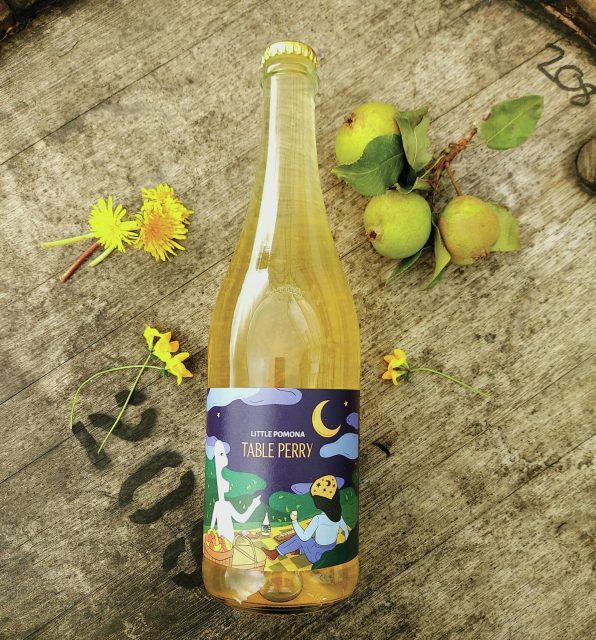
He highlights that “every single apple has a unique flavour just waiting to be expressed and shared” and that the world of cider contains unlimited potential. For Epicureans and chefs especially, discovering the possibilities has become the next big adventure in flavour.
Nigel Sutcliffe, founder of restaurant group Truffle Hunting and owner of The Oarsman in Marlow, is the ex-director of Heston Blumenthal’s The Fat Duck and no stranger to seeking out flavour. Listen to Sutcliffe wax lyrical about how cider is “one of the best things happening gastronomically in the UK right now” and you would be hard pressed to disagree. According to Sutcliffe, “the right cider is the best and most versatile food pairing glass of liquid out there”. He insists that the versatility and complexity of cider can be a better pairing than fine wine for dishes ranging from the finest Bayonne ham with celeriac remoulade, to charcuterie, and adds that cider works just as well with “anything smoked – such as eel or wild salmon, caviar and oysters”. It’s particularly good, he notes, with sea urchins. Serving up fondue? Sutcliffe urges you to try a fine cider with melted “Beaufort or Comté” or a simple cheese toastie.
Nightingale Cider Company, which specialises in small batch wild fermented Kentish ciders, also lauds the gastronomical potential of cider. Founder and cidermaker Sam Nightingale maintains that “fine ciders deserve to be on every drinks list in good restaurants and food venues”, because “cider has such incredible food pairing potential – arguably more accessible than wine”. Nick Showering, founder of Somerset-based Showerings Cider, has strong family connections to cider after giving the world brands such as Babycham and Brothers, and is placing his eponymous vintage Showerings Cider in fine dining restaurants. Now, he tells db, Showerings Cider can be found in “the three Michelin-starred L’Enclume by Simon Rogan, Corinthia Hotel – including Michelin starred Kerridge’s Bar & Grill, Frog by Adam Handling, Thyme Hotel in the Cotswolds, and venues such as the Charlotte Street Hotel in London’s Fitzrovia and Bayley & Sage stores”.
Showering recently staged a fine cider pairing dining event at Simon Rogan’s chef table at Aulis in London which looked at how perfectly premium cider can complement fine dining. Believe in the products? This is the route to take. Fine ciders deserve to be sold to guests who are gastronomically switched on.
Ellen Doggett, Liberty Wines copywriter, ex-sommelier and cider specialist, knows a thing or two about how really good ciders are making strides when it comes to positioning. As she points out, for restaurateurs and consumers to really understand them, it’s worth highlighting the many parallels with natural wine.
Doggett explains: “As natural wine continues to be popular, cider is consistently worth stocking, given that you can drink ‘pet nat’ ciders for half the price of ‘pet nat’ wines and, instead of drinking a wine that ‘tastes like cider ’, you can drink extremely good cider that is meant to taste like cider.” Doggett gravitated towards fine ciders from a wine background because she was increasingly looking to drink “well-made, premium drinks that were actually affordable, as well as delicious”, and now loves many ciders “due to how they can offer terroir expression while remaining inexpensive versus wine equivalents”.
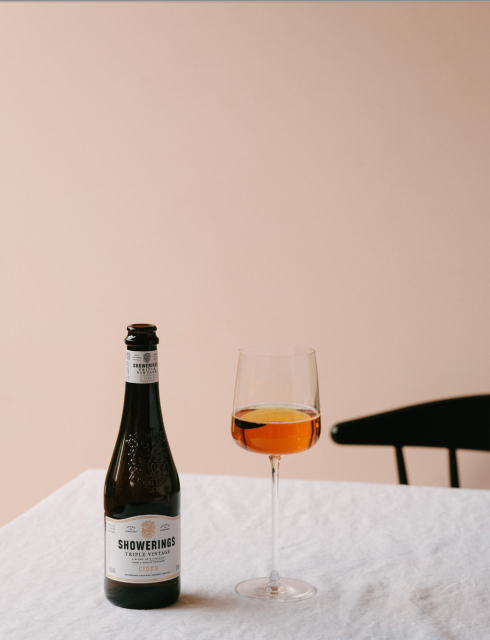
People are ready and palates primed for this progression, with Tom Oliver from Oliver ’s Cider pointing out that ciders can cover both ends of the flavour scale, since they can have “the bold tannins reminiscent of builders’ tea, or the bright acidity of a child’s sherbet fizz”. For so many reasons, fine cider commands a higher price point to massproduced cider, thanks to the level of skill involved in creating it, compared to mainstream brands. Felix Nash reveals that “a huge part of the challenge is making people understand why £26 for a bottle of Champagne-method cider — crazy cheap for a Champagne, but ‘expensive’ for a cider — not only justifies the price, but is actually good value.” Despite fine cider being positioned at the very top of the range — the equivalent of either wine, or premium bottle-conditioned beers — its biggest advantage over both of those categories is, arguably, value for money. Ask Johnson from Ross Cider and he will highlight that despite the care, effort and time it takes to produce them, “most of the best ciders in the UK still sit rather below the price of a typical 750ml of beer, or a prestige-tier imported wine, let alone the price of English sparkling”. He laments that “this is despite cider and perry typically taking at least one year to produce, and often sourced from trees in orchards that have been maintained for decades”. He reminds us that given the amount of effort that goes into cider or perry it actually translates to “the least cost to the customer”.
Nash reiterates that big, mass-market cider makers “may be using apple concentrate, so to get any kind of variety they often look to other fruit concentrates, to make fruit ciders. But, for fine cider makers, they can work with single varieties of apple, of incredible diversity in taste and history”. According to Nash, cidermakers can work with many styles from the world of wine, such as traditional method, pet nat, still and dry, or methods unique to cider, such as keeving and ice cider. He explains: “You have apples with tannic properties that can make the equivalent of the red wine of the cider world, and then low-tannin, acidity-orientated varieties that can make the equivalent of white wine. 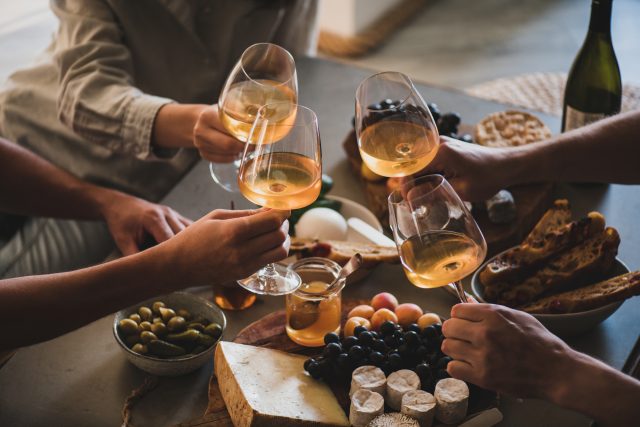
Forbes of Little Pomona insists: “Cider is made like wine. The fruit in the orchard is absolutely critical, selection is absolutely critical. We have two sorting tables, and much of the fruit will be hand-picked, so straightaway you are already getting the best selection. Then, there are several presses, including a wine press. We could have had a belt press – and we began with a rack-and-cloth press – but we went for a wine press, which is slightly modified for the apples.” Forbes notes that the wine press gives Little Pomona greater control and adds: “There are only a few in the country.”
The ageing and potential of the fine cider category is huge, says Ross Cider ’s Johnson, admitting that we have barely scratched the surface, and there is so much more for people to discover. He believes that “cider has an amazing capability to mature, evolve and improve over time, and that can lead to some very special bottles”.
A quick stop at St John Restaurant will confirm that fine cider has a revered standing among gastronomes, seek out an exquisite perry from Tom Oliver, by the glass at St John in Smithfield. Send your chefs to the orchards, or simply buy them all a bottle and see how much they can make flavour dance and amplify, or complement spice and sweetness. As Gulliver pours himself a contemplative glass, he considers how fine cider offers us the potential to look back and grow nostalgic for good, honest agricultural fare, all the while keenly eyeing its untapped potential. After all, he remarks, fine cider “opens the door to the past and, most importantly, the future”.
Where to gain more in-depth cider education
In the UK, seek out courses run by Gabe Cook, also known as The Ciderologist. Or look into online courses with Jane Peyton at The School of Booze. In the US, look at courses offered by the American Cider Association. Felix Nash’s second edition of his cider journey is detailed in his book Cider: Understanding the World of Natural, Fine Cider, which can be bought via Amazon as well as good bookshops.
To discover more about some of the very best fine ciders to adorn your Christmas table, read our top five picks from experts who have selected the very best the orchards have to offer.

